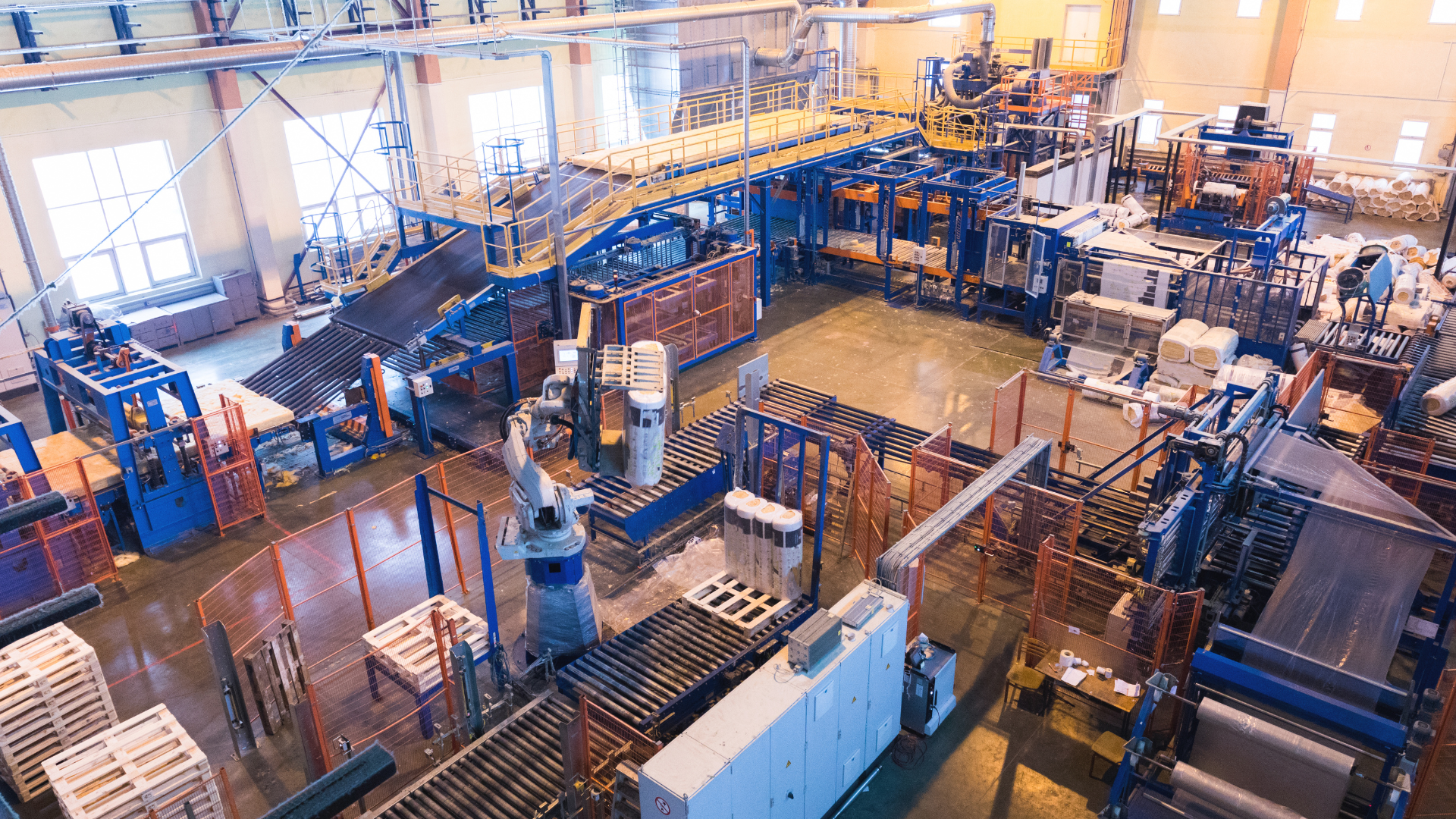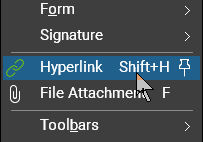This story was originally published by Caitlin Davidson on the Bluebeam Blog.
By combining Bluebeam’s digital tools with a commitment to Indigenous partnerships, Modern Fire Protection is setting new industry standards
Australia-based Modern Fire Protection is a family owned and operated fire protection company that has been providing high quality services since 2015. Delivering comprehensive, cost-effective fire protection solutions, Modern Fire Protection works alongside its partners from concept design and supply to installation and ongoing service and maintenance for any size project.
Recognized as a Certified Supplier for Supply Nation, Modern Fire Protection has developed a range of partnerships with other Indigenous-controlled organizations and is focused on developing a culturally safe and capable environment.
“We are continually striving to increase our Indigenous workforce and the employment of women undertaking apprenticeships,” said Bill Hockley, the company’s managing director.
With extensive experience across diverse requirements such as high-rise residential buildings, shopping centers, major commercial buildings, mine sites and complex special hazard installations, Modern Fire has a broad footprint across southeast Queensland. Robina Shopping Centre, Sunshine Coast Plaza, Brisbane Airport, Logan Hospital and Brisbane Racing Club are among the sites its expert service has helped protect.
A trusted solution
Trust is central in a business where its stock and trade is building safety.
Modern Fire ensures its trusted reputation is backed by accreditations and industry certifications, and that its workers are all suitably qualified in their roles.
Alongside its strong team presence, the organization is firmly focused on implementing tools that enhance its reputation through increased transparency, accuracy and productivity, including Bluebeam.
Crossing the digital divide
Modern Fire first deployed Bluebeam tools in early 2023. “Before Bluebeam we printed everything out and used highlighters,” Hockley said. “It meant that after the bid was developed, the project manager didn’t have easy access to all the information he needed.”
Deploying Bluebeam not only built time and accuracy improvements into the bidding process, but it also meant digital information was accessible when projects came to life.
“Bluebeam has revolutionised how we operate; it is one of our foundational tools,” Hockley said. “Through using its tools we minimise redundancy, boost accuracy and expedite critical tasks—all of which cultivate trust with our customers.”
Designing success through Bluebeam
Construction Manager Dan Sawyer implements Bluebeam from the inception of the design process.
“I use if for everything I touch—I live in it,” he said. “When competing for tenders I am able to save the detailed drawings and all detail that underpins our bid development. We then use this detail to inform and develop an accurate project plan when we win the contract.”
Bluebeam offers a plug-in for Revit that enhances the design process by integrating 3D components with 2D drafting annotations. This tool facilitates coordination with design teams and streamlines the development of design solutions.
Managing multiple and diverse priorities with ease
Project Manager Josh Hall considers real-time collaboration as key to his successful delivery of multiple and concurrent priorities. “The simple fact is that Bluebeam does exactly what I need it to do—it makes my job easier to do and do well,” he said. “It should be a non-negotiable tool across all organizations in the construction industry.
The key tasks Hall deploys Bluebeam for include:
– To communicate clearly using AEC-specific tools to mark up contracts, drawings, photos and documents.
– To complete drawing overlays and dimension planning up to scale.
– To review detailed planning and information and confirm project delivery requirements.
A long-term Bluebeam user, Hall joined Modern Fire on the condition that the product was a key tool he could access. “I’ve been using it for five years across various roles and it underpins my success in delivering optimized outcomes in project delivery,” he said.
Modern Fire Project Administrator Hanna Greaves first began harnessing the capability of Bluebeam and its tools six months ago.
“I do all of the quantity takeoffs for tender submissions—it’s a critical tool to ensure accuracy,” she said. “It is relatively straightforward to use and quite intuitive—it was easy to self-teach and to build my skills in unlocking the Bluebeam tools as I go. Before this everything was printed out and counted out using a highlighter. Time saving and accuracy has been a great outcome for me—in particular thanks to the search tool capability and categorization tools.”
Looking toward the future
“Tools such as Bluebeam mean we are better able to position Modern Fire Protection as a trusted and permanent force in the industry,” Sawyer said. “It provides the opportunity to embed better systems and processes and reinforce the foundation of our business as we head into the longer term.”
Bluebeam is a tool that is deployed prolifically among Modern Fire’s project partners.
“When working across projects such as staged medical or shopping center precincts with multiple partners, we are all able to talk to a common language, so to speak,” Sawyer said. “These tools enable real-time agility and responsiveness—enhancing our professionalism and elevating our position in the industry. It underpins our value and supports our future growth.”
























